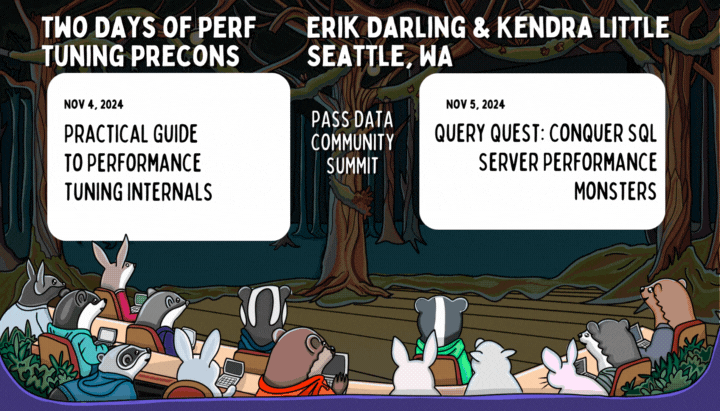The Restore-AzSqlInstanceDatabase Long Running Operation Failed Error on Azure SQL Managed Instance
What’s it like to be a Database Administrator for managed databases in Azure? Sometimes it’s a painful guessing game when a routine, core operation– restoring a database – fails with a most unhelpful error.
In this case, if the restore is run via PowerShell, following Microsoft guidance, the error message is:
Restore-AzSqlInstanceDatabase: Long running operation failed with status ‘Failed’.
Additional Info: An unexpected error occured while processing the request.
The misspelling of “occurred” doesn’t bring confidence, but we try and try again.






